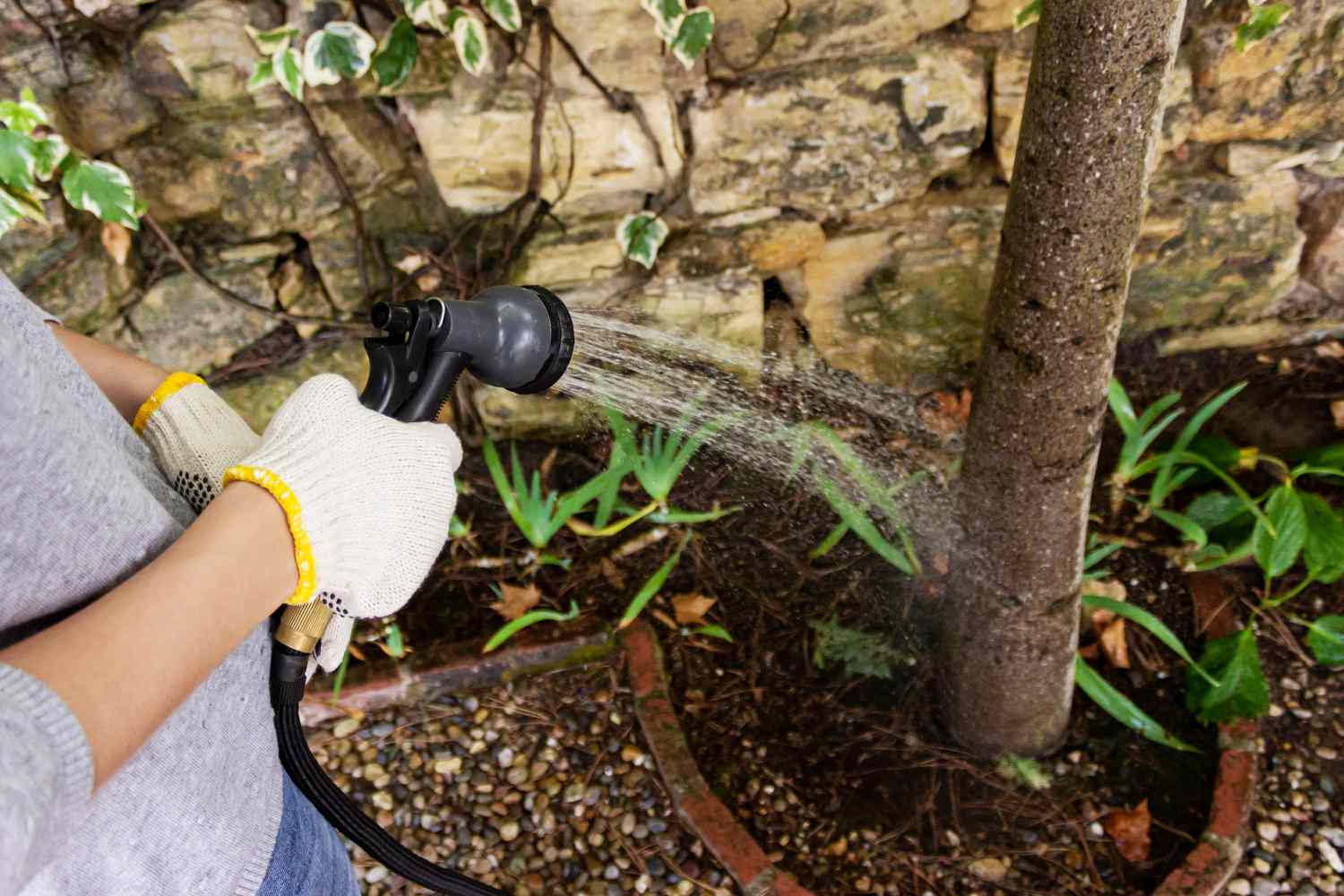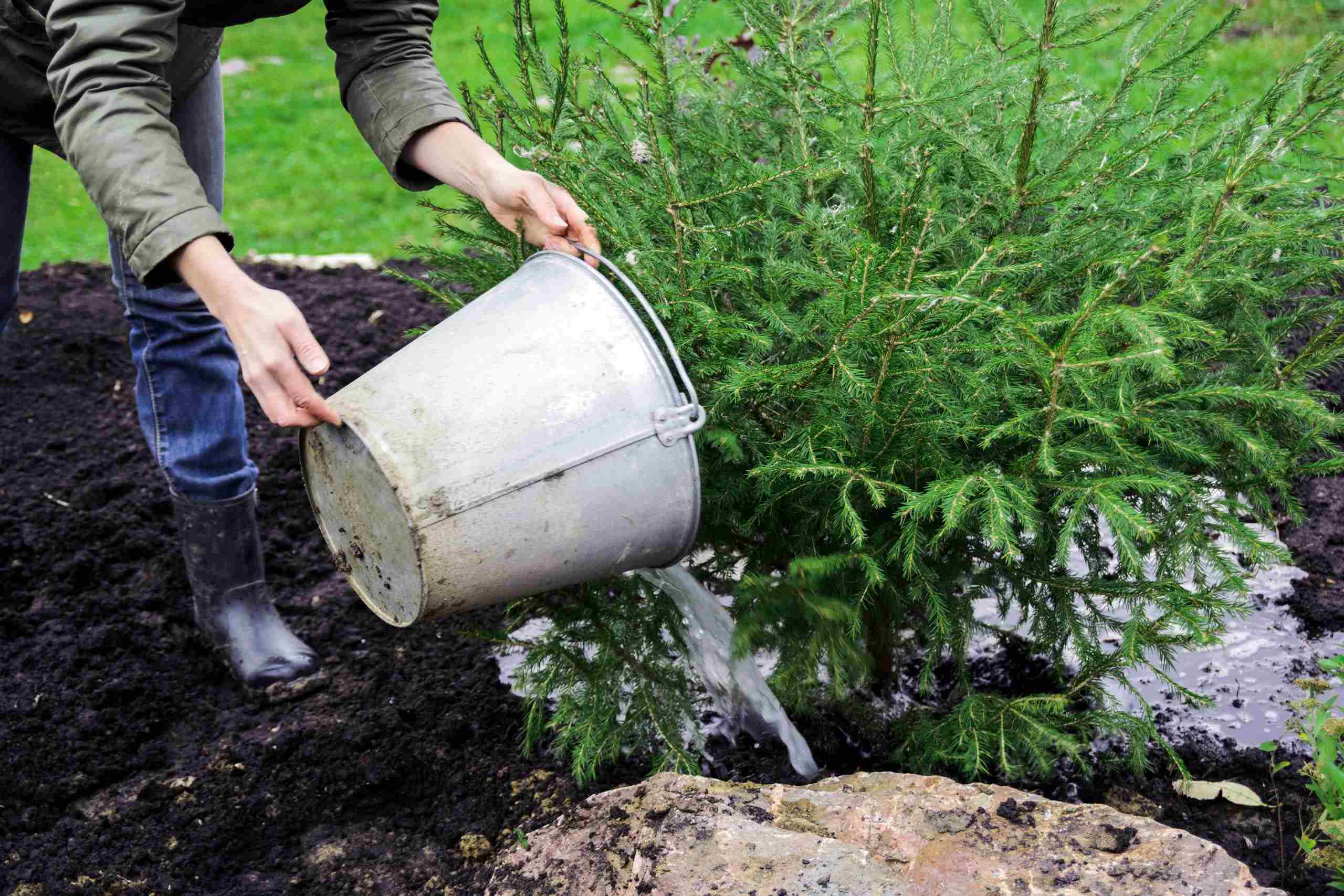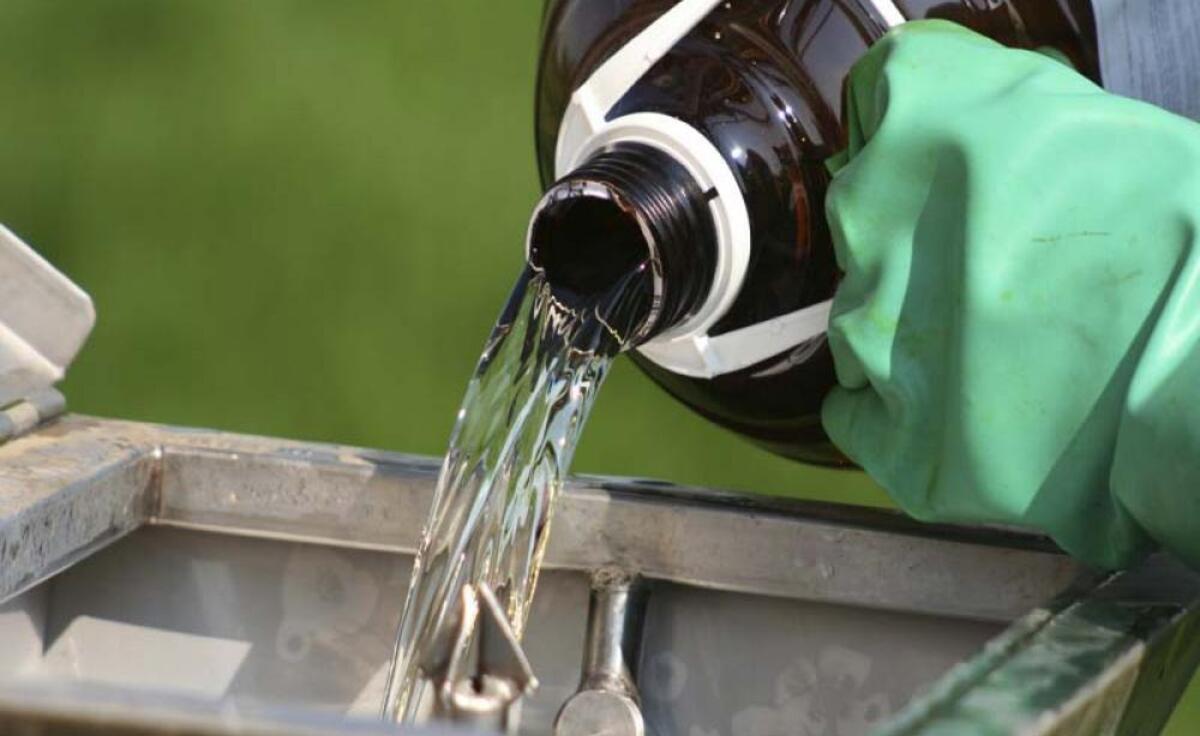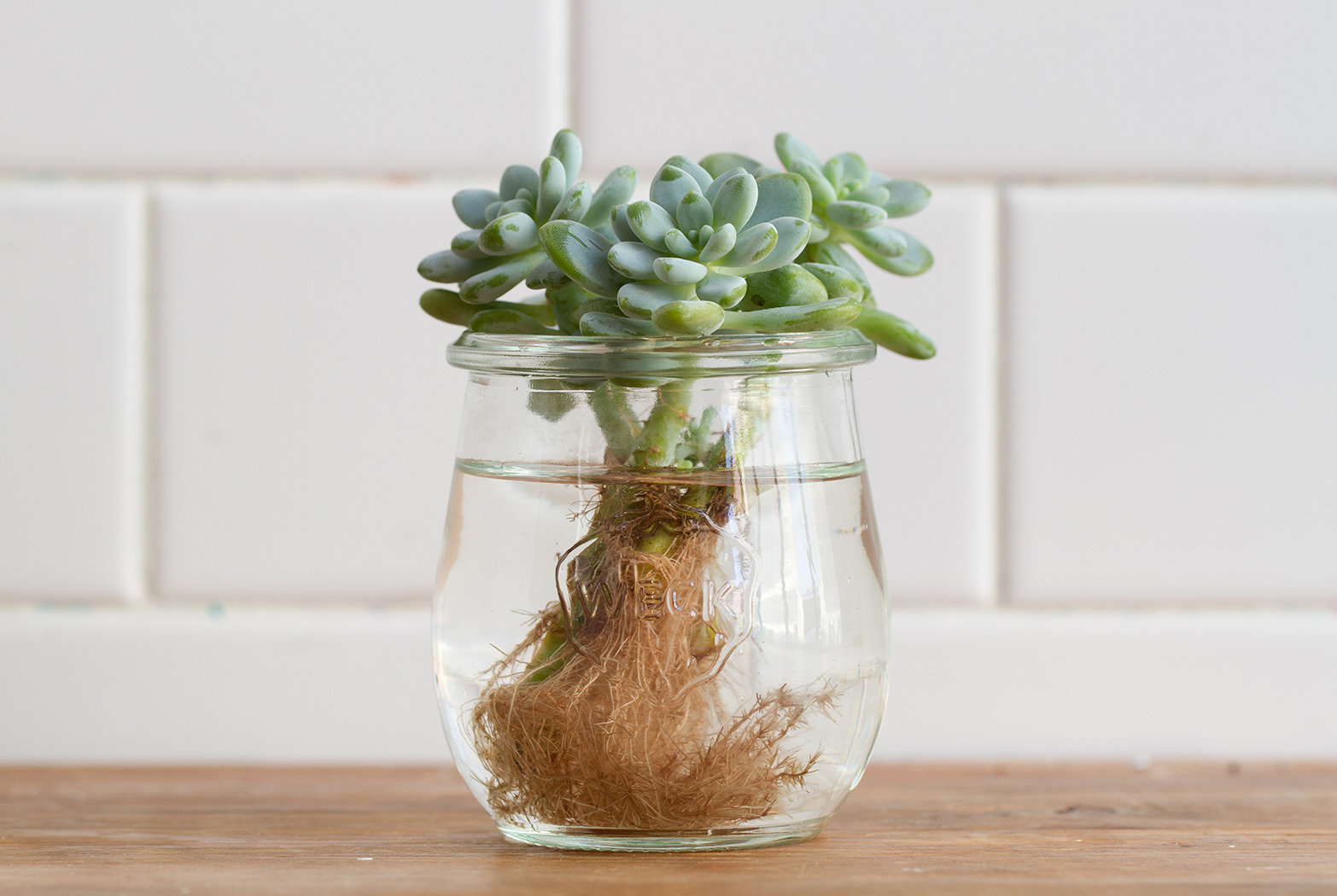Home>Gardening Techniques>Plant Care>How To Water Trees


Plant Care
How To Water Trees
Published: November 3, 2023
Learn the best plant care tips for watering trees and keep them healthy. Discover the right watering techniques and frequency to ensure optimal growth and longevity.
(Many of the links in this article redirect to a specific reviewed product. Your purchase of these products through affiliate links helps to generate commission for Chicagolandgardening.com, at no extra cost. Learn more)
Table of Contents
Introduction
Watering is a fundamental aspect of plant care, and trees are no exception. Proper watering is essential for the health and vitality of trees, as it helps them establish deep and strong roots, withstand various environmental stressors, and thrive in their surroundings.
However, watering trees may seem like a simple task, but it’s crucial to understand the specific needs of different tree species and the most effective methods to ensure optimal hydration. In this article, we will delve into the intricacies of watering trees, providing you with comprehensive information and practical tips.
Whether you’re a novice gardener or an experienced arborist, understanding the watering needs of trees and implementing best practices will help you foster a lush and thriving landscape. From selecting the right watering method to knowing when and how often to water, we will cover everything you need to know to ensure the long-term health of your trees.
So, grab your watering can and join us on this journey to discover the secrets of providing your trees with the hydration they need to flourish.
Understanding the Watering Needs of Trees
Before diving into the specifics of how to properly water trees, it’s important to understand their unique watering requirements. Trees have different needs compared to other plants due to their larger size and extensive root systems.
One key factor to consider is the type of tree. Different tree species have varying levels of drought tolerance and water requirements. For example, desert trees like the Joshua tree can adapt to arid conditions and require less frequent watering compared to trees native to wetter climates.
Another important factor is the age of the tree. Newly planted trees require more frequent watering to help them establish their root system and adapt to their new environment. As trees mature, their watering needs may decrease, but it’s still important to provide them with supplemental water during periods of drought or high temperatures.
The soil and drainage conditions also play a crucial role in determining how often and how much to water trees. Clay and compacted soils retain water for longer periods, while sandy soils drain more quickly. Understanding the soil composition in your area will help you adjust your watering practices accordingly.
Lastly, environmental factors such as temperature, humidity, and sunlight exposure influence tree water needs. Hot and dry climates require more frequent watering, while cooler and more humid climates may necessitate less frequent watering.
By considering these various factors, you can develop an understanding of the specific watering needs of the trees in your landscape. This knowledge will enable you to tailor your watering practices to ensure the health and vitality of your trees.
Best Practices for Watering Trees
Now that we have a good understanding of the watering needs of trees, let’s explore some best practices to ensure that we are providing them with the optimal amount of water.
1. Deep Watering: Instead of frequent shallow watering, it’s best to focus on deep watering. This means applying water slowly and evenly to the root zone, allowing it to penetrate deeply into the soil. Deep watering encourages the development of strong and deep roots, which is crucial for the overall health and stability of the tree.
2. Watering in the Morning: It’s recommended to water trees in the early morning. This allows the soil to absorb the water before the sun’s intensity increases, reducing the risk of evaporation. Watering in the morning also gives the leaves and branches time to dry off during the day, reducing the chances of fungal diseases.
3. Mulching: Applying a layer of organic mulch around the base of the tree helps retain moisture in the soil and prevents weed growth. Mulch acts as a natural insulator, keeping the soil cool in hot weather and protecting the roots from extreme temperature fluctuations. Avoid piling the mulch directly against the trunk to prevent rot.
4. Watering slow-release system: Consider using a slow-release watering system, such as a drip irrigation system or a soaker hose. These methods deliver water directly to the root zone, minimizing water runoff and maximizing water absorption. Slow-release systems also ensure a consistent and even distribution of water over a longer period of time.
5. Checking Soil Moisture: It’s important to regularly check the moisture levels of the soil around the tree. This can be done by inserting a finger or a soil moisture meter into the soil. If the top few inches of soil are dry, it’s time to water. Avoid overwatering, as it can lead to root rot and other issues.
By following these best practices, you can ensure that your trees receive adequate water while minimizing wastage and promoting their overall health and vitality.
Choosing the Right Watering Method
When it comes to watering trees, there are several methods to choose from. Selecting the right watering method depends on various factors such as tree size, location, and water availability. Let’s explore some common watering methods and their benefits:
1. Hand Watering: Hand watering is a simple and direct method that involves using a watering can or hose to apply water to the base of the tree. This method allows for precise targeting of the root zone and is ideal for small or newly planted trees. It also provides an opportunity to visually inspect the tree for any signs of stress or pests.
2. Sprinklers: Sprinklers are a popular choice for watering larger trees or multiple trees in a larger area. They provide uniform coverage and can be set on a timer, ensuring consistent watering. However, be mindful of potential water waste due to evaporation or runoff. Adjusting the sprinkler heads and duration can help optimize water efficiency.
3. Drip Irrigation: Drip irrigation is a highly efficient method that delivers water directly to the root zone through a series of tubes or emitters. This method minimizes water waste and reduces the chances of leaf diseases. Drip irrigation can be installed below the mulch layer, providing a slow and steady release of water to the roots.
4. Soaker Hoses: Soaker hoses are similar to drip irrigation systems, but they are made of porous material that allows water to slowly seep out along the length of the hose. This method is effective for watering larger trees or creating a watering network within a tree bed. Soaker hoses can be placed around the base of the tree and covered with mulch.
5. Tree Watering Bags: Tree watering bags are specially designed bags that can be filled with water and placed around the base of the tree. These bags release water slowly and directly to the root zone, ensuring consistent watering over a longer period. Tree watering bags are convenient for busy homeowners and provide an efficient way of delivering water to the trees.
When choosing a watering method, consider factors such as tree size, water efficiency, and availability. Remember to adjust the frequency and duration of watering based on weather conditions and the specific needs of the tree species.
When and How Often to Water Trees
Knowing when and how often to water trees is crucial for their overall health and well-being. The frequency and timing of watering will vary depending on factors such as the tree species, climate, soil type, and age of the tree. Here are some guidelines to help you determine the best watering schedule:
1. Newly Planted Trees: Newly planted trees require more frequent watering to establish their root systems. For the first year after planting, water the tree deeply once or twice a week, ensuring that the soil around the roots is moist. Gradually decrease the frequency of watering in the following years to encourage the development of deep roots.
2. Mature Trees: Mature trees often have well-established root systems that can access water from deeper in the soil. As a general rule of thumb, mature trees typically require one inch of water per week, including rainfall. This can be achieved through a combination of rainwater and supplemental watering during drier periods.
3. Time of Day: Watering early in the morning is generally recommended, as it allows the tree to absorb the water before the heat of the day causes evaporation. Avoid watering in the evening, as prolonged moisture on the foliage can create conditions favorable for fungal diseases to develop.
4. Soil Moisture: Monitoring the moisture level of the soil is crucial in determining when to water. Use a moisture meter or simply insert your finger into the soil to check if it feels dry. If the top few inches of soil are dry, it’s time to water. Be mindful of overwatering, as it can suffocate the roots and lead to root rot.
5. Deep Watering: When you do water, it’s important to provide deep watering to encourage the tree roots to grow deeper into the soil. Apply water slowly and evenly to the root zone, allowing it to penetrate deeply. This promotes a strong and resilient root system that can better withstand drought conditions.
Remember that these are general guidelines, and it’s important to consider the specific needs of the tree species and the local climatic conditions. Adjust the watering frequency and duration as necessary, especially during periods of prolonged dry spells or extreme heat.
Signs of Overwatering or Underwatering
Proper watering is crucial for the health of trees, and understanding the signs of both overwatering and underwatering is essential in maintaining their well-being. Here are some common signs to look out for:
1. Overwatering:
- Wilting: Paradoxically, overwatering can cause leaves to wilt. This happens because excessive water saturates the soil, depriving the roots of much-needed oxygen.
- Yellowing Leaves: Overwatered trees often exhibit yellowing or pale green leaves. The excessive moisture leads to nutrient deficiencies and inhibits the roots’ ability to absorb essential minerals.
- Fungal Growth: Overwatering creates a favorable environment for fungi to thrive. Look for signs of mold, mushrooms, or slimy growth around the base of the tree.
- Root Rot: Excessive moisture can lead to root rot, which is characterized by a foul smell and black, mushy roots. This condition hampers the tree’s ability to absorb water and nutrients, eventually leading to its decline.
- Waterlogged Soil: If the soil feels constantly wet and muddy, even days after watering, it’s a sign of overwatering. This indicates poor drainage or excessive watering.
2. Underwatering:
- Wilting: Underwatered trees exhibit wilting as a way to conserve water. The leaves may appear droopy and lackluster, indicating the tree’s struggle to maintain hydration.
- Brown or Crispy Leaves: Insufficient water supply causes leaves to turn brown, dry, or even crispy around the edges. This is the tree’s response to water stress.
- Leaf Drop: A severe lack of water can lead to leaf drop, where the tree sheds its leaves prematurely in an effort to conserve moisture.
- Stunted Growth: Inadequate water availability restricts the tree’s growth and can result in stunted or slow growth patterns.
- Brittle Branches: Dry and brittle branches are a sign of water deprivation. The lack of water weakens the tree’s structure and makes it more susceptible to breakage.
Pay close attention to these signs and adjust your watering practices accordingly to ensure that your trees receive just the right amount of water for their optimum growth and health.
Additional Tips for Proper Tree Watering
While understanding the watering needs and following the best practices are crucial, there are some additional tips that can further enhance your tree watering routine. These tips will help you fine-tune your approach and ensure the best possible outcomes for your trees:
1. Watering Deeply during Dry Spells: During periods of drought or hot weather, it’s essential to provide additional water to trees. Increase the watering frequency and duration to compensate for the lack of rainfall. Monitor soil moisture closely and adjust as necessary to prevent stress and dehydration.
2. Adjusting Watering for Seasonal Changes: Tree water requirements vary throughout the year. Decrease the frequency of watering during cooler seasons when evaporation rates are lower. Adjust watering schedules to align with seasonal rainfall patterns, reducing supplemental watering during periods of regular rainfall.
3. Avoiding Watering Trunks: Aim to water the area around the tree’s drip line, where the majority of the roots are located. Avoid excessive watering directly against the trunk, as this can lead to rot and other diseases. Instead, create a water ring or basin around the tree’s base to direct the water toward the roots.
4. Conserving Water with Mulching: Applying a layer of organic mulch around the base of the tree helps to conserve moisture by reducing evaporation and weed growth. Mulch also regulates soil temperature and improves soil health. Ensure that the mulch is spread in a donut shape, keeping it a few inches away from the trunk to prevent rot.
5. Regularly Inspecting Trees: Take the time to inspect your trees regularly for any signs of stress, pests, or diseases. Look for changes in foliage color, unusual leaf drop, or any abnormalities in growth patterns. Early detection allows for quick intervention and ensures the health and vitality of your trees.
6. Adapting to Tree-Specific Needs: Different tree species may have specific watering requirements. Research and understand the watering needs of the trees in your landscape, including their tolerance to drought and their preference for soil moisture levels. Tailor your watering routine accordingly to meet their individual needs.
By incorporating these additional tips into your tree watering routine, you can optimize the health and growth of your trees while conserving water and providing the necessary care they require.
Conclusion
Proper watering is a vital aspect of plant care, and trees are no exception. Understanding the unique watering needs of trees and following best practices will help ensure their health, vitality, and long-term survival. By considering factors such as tree species, age, soil type, environmental conditions, and utilizing appropriate watering methods, you can provide the optimal amount of water to your trees.
Remember to water deeply, allowing the water to penetrate the root zone, while avoiding overwatering that can lead to root rot and other issues. Monitoring soil moisture regularly and adjusting watering frequency based on season and weather changes will help strike a balance between hydration and conservation. Incorporating mulching, regular inspections, and adapting to tree-specific needs are additional steps to enhance the success of your watering routine.
By practicing proper tree watering, you are ensuring that your trees can establish strong root systems, withstand environmental stressors, and thrive in their surroundings. Remember, healthy and well-hydrated trees provide countless benefits, including shade, beauty, improved air quality, and support for local ecosystems.
So, the next time you reach for that watering can or turn on the sprinkler, take a moment to appreciate the importance of this simple act and the impact it can have on the well-being of your trees. Your efforts will be rewarded with beautiful, vibrant, and flourishing trees that will enhance your landscape for years to come.








